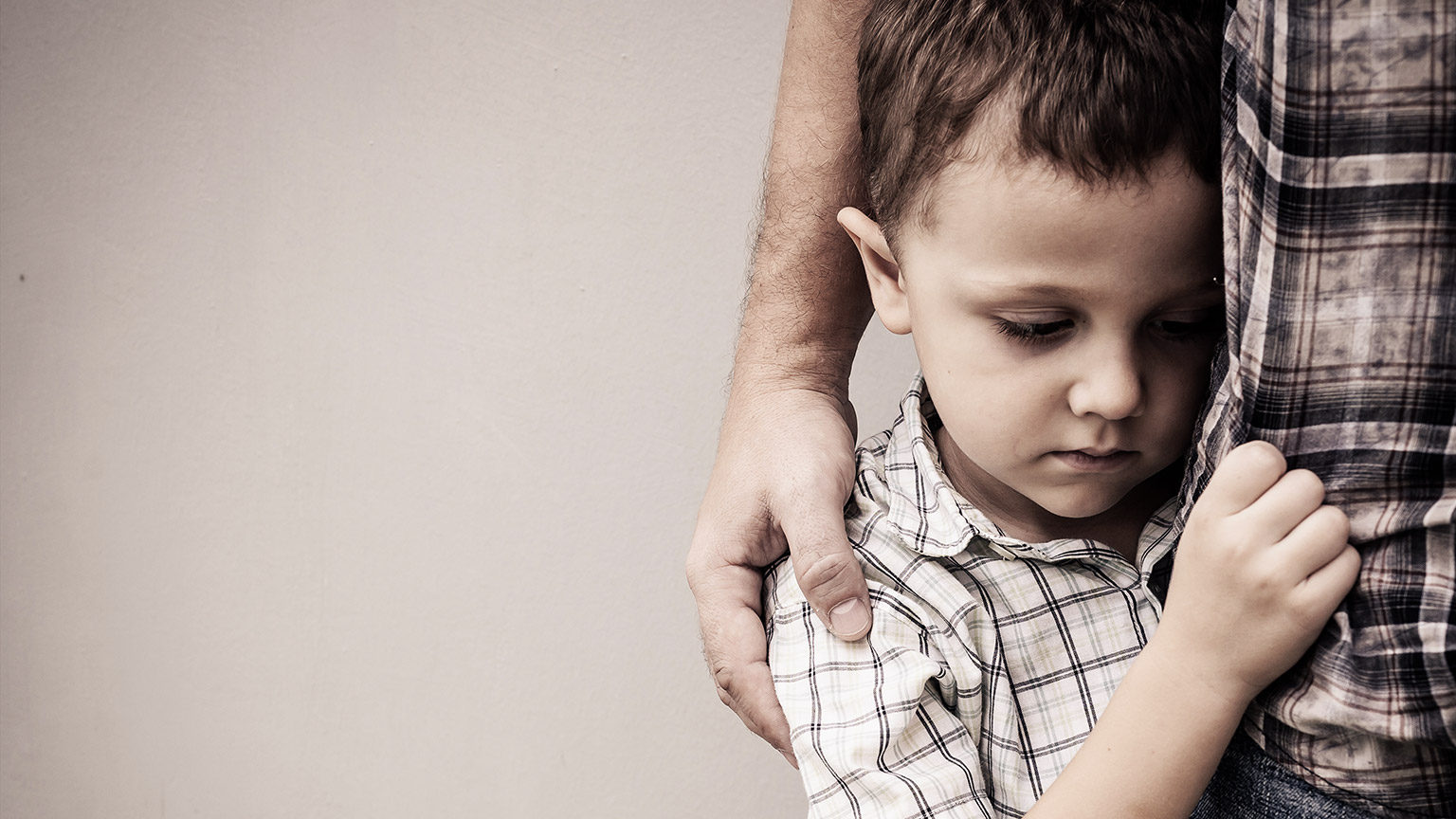Before you begin Topic 2, please make to read the above important warning in relation to the content in this unit.
In this topic, we will discuss a range of issues relevant to child protection, including why child protection legislation and services are needed, what constitutes child abuse and neglect, and the different types of child abuse and harm. We will also discuss the impact of harm and abuse and how to identify when a young person is being harmed or is at risk of harm..
By the end of this chapter, you will understand:
- The meaning of abuse and neglect
- The different types of abuse
- How abusers coerce and manipulate children into keeping abuse secret
- Some of the physical and behavioural indicators of abuse
- Some of the short- and long-term impacts of childhood abuse
- Children’s basic rights in relation to abuse and neglect
- Where to access information about child abuse and neglect
The protection and safety of children and young people is always of the highest priority. This unit will cover each area of abuse and its impacts on children and their families’ lives. It will assist you in becoming confident to identify indicators and behaviour of potential abuse and be able to respond in a sensitive and lawful manner.
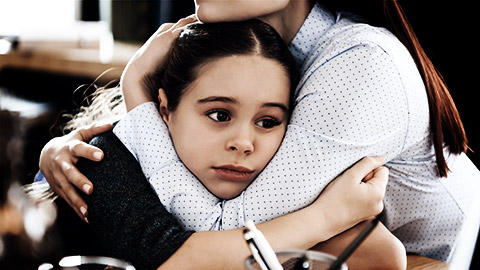
Unfortunately, far too many children and young people are in need of protection services. Statistics show that the number of reports of children and young people at risk of harm is increasing and rose to almost 360,000 in 2015–2016.
Sadly, there are many children and young people in our society who continue to live in danger of neglect and harm, in most cases, from those who are supposed to protect and care for them.
The 2016 ABS Personal Safety Survey (PSS) estimates that about 2.5 million Australian adults (13%) experienced physical and/or sexual abuse during childhood (ABS 2019).
The Shocking Reality of Child Abuse Statistics in Australia

Every 15 minutes a child is abused in Australia.
The rates of child abuse are increasing every year, and the numbers are frightening. In 2015-2016 there were 355,935 notifications of child abuse. This was an 8.1% increase from 2014-2015. Of these cases, 45% were claims of emotional abuse, 25% were cases of neglect, 18% physical abuse and 12% sexual abuse.
These are the number of reported cases. There could be thousands of additional cases which go unreported every year. The Royal Commission proved this – it can be years before abuse survivors come forward.
The Australian Institute of Health and Welfare (AIHW) have reported that 45,714 children were the subject of substantiated abuse or neglect.
- 51% of these cases were girls
- 49% were boys
This number varies state to state, but across Australia, girls were 16% more likely to be victims of abuse.
For more information about the prevalence of child abuse and neglect in Australia, explore the following links:
'The Prevalence of Child Abuse and Neglect' from the Australian Institute of Family Studies (AIFS)
'Australia Facing an “Epidemic of Child Abuse and Neglect”, According to Experts' from ABC News
In the next 9-minute video, let's explore what keeping our children safe means, and in relation to Aboriginal and Torres Strait Islander cultures.

The World Health Organization defines child abuse and neglect as follows:
All forms of physical and/or emotional ill-treatment, sexual abuse, neglect or negligent treatment or commercial or other exploitation, resulting in actual or potential harm to the child’s health, survival, development or dignity in the context of a relationship of responsibility, trust or power.
World Health Organization

This definition makes it clear that there are many aspects to harm. Abuse and neglect can result in harm to a child:
- Physical welfare and physical health
- Emotional wellbeing and mental health
- Development, both physical and psychological
- Self-esteem and identity
- Development of social relationships
The impacts of abuse and neglect can last for a lifetime.
Abuse and Neglect
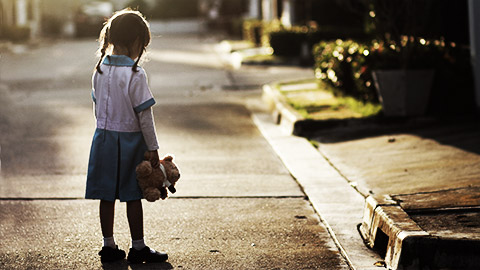
Abuse is the intentional infliction of harm, whether it is physical, emotional or sexual harm, and involves deliberate acts.
Neglect is the failure to protect or provide for a child’s needs, either intentionally or through negligence. It refers to the failure to provide the necessary care.
Note
Physically injuring a child on purpose is abuse. Allowing a child to be injured by failing to provide a safe environment is neglect. The outcome of both situations is harm to the child. Child protection legislation, policies and services address harm arising through both abuse and neglect.
For a clear introduction to the topic of child abuse and neglect, watch the following video:
‘What Is Child Abuse and Neglect?’ by Centers for Disease Control and Prevention (CDC) on YouTube
Child abuse includes physical, sexual, psychological and emotional abuse and neglect. It can also include exposure to domestic and family violence or other forms of violence – allowing a child to witness violence is a form of abuse.
Physical Abuse
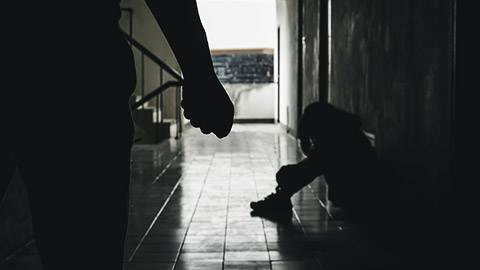
Physical abuse is an intentional injury to a child. It does not always leave visible marks or injuries.
Physical injury to the child may not be the perpetrator’s primary intention. Injury may happen in the course of disciplining or punishing the child, but the key point is that the person’s actions are intentional, not accidental.
In the past, some forms of physical abuse were justified as ‘discipline’, and it is only recently that physically punishing children has come to be frowned upon in Australia.
Physical abuse can include:
- Hitting
- Shaking
- Choking
- Smothering
- Throwing
- Burning
- Biting
- Poisoning
- Using physical restraints
- Any other act that causes physical injury
Watch the next video to understand more about the types of signs of abuse.
Sexual Abuse
Sexual abuse involves using power, authority, manipulation, physical force or coercion to engage a minor in a sexual act. A minor is anyone under the age of 18. Exposing children to sexual behaviour or material also constitutes sexual abuse. The abuser may be an adult, an adolescent or another child.
Watch the next video to understand more about Sexual Abuse and what does it mean.
The following resource further defines the specifics of child abuse:
‘Types of Child Abuse’ from the Blue Knot Foundation
Note
Sexual abuse usually occurs in secret. The child often feels shame, guilt and self-blame and is reluctant to tell anyone about the abuse. When the abuser is a trusted adult (e.g. a primary caregiver), the child is often coerced into silence through fear of the abuser being punished. The child is usually dependent on the abuser for their basic needs.
Children may be led to believe that the abuse is an expression of love or that they are responsible for the abuse. Except in cases of abuse between children of similar ages, the abuser always has more power than the child.
Grooming
Grooming is the process whereby an abuser manipulates a child into sexual activities. Grooming behaviours include:
- Targeting or selecting a child to whom the perpetrator has access
- Bribing, which may involve giving the child ‘special’ attention, including spending time with the child and giving gifts
- Maintenance behaviours, meaning encouraging dependence, fostering secrecy, making the child believe they are responsible for the abuse and have chosen to participate in the sexual activities, and using a combination of bribes and threats to ensure secrecy – fear, shame and feelings of responsibility also work to maintain secrecy
The next video explains in more detail about Grooming and what this looks like.
Psychological and Emotional Abuse
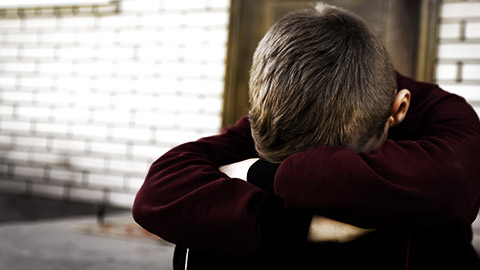
All forms of abuse have an emotional and psychological impact. However, some forms of abuse use emotions and psychological ‘bullying’ as the primary means of abuse.
Emotional abuse occurs over a period of time and includes a person or people using negative verbal and non-verbal language to put down a child. This abuse moulds the child’s self-belief and worth. Emotional abuse behaviours include:
- Constantly putting a child down by telling them they are stupid, worthless, incompetent, ugly, unwanted and so on
- Humiliating or shaming a child by mocking or laughing at their mistakes or calling them humiliating names, often in front of other people
- Not showing love, support or guidance
- Continually ignoring or rejecting the child
- ‘Blowing hot and cold’ with inconsistent and unpredictable praise/affection and rejection
- Exposing the child to family and domestic violence
- Threatening abuse or bullying a child
- Threatening to harm loved ones, property or pets
Psychological abuse is the act of treating or speaking to a child in a manner that moulds the child’s thought processes and actions in a negative way, often impacting the child’s ability to develop appropriate behaviours to be successful in life. Psychological abuse behaviours include:
- Constantly belittling, shaming and humiliating a child (as with emotional abuse)
- Intentionally misrepresenting other people to child to mould their thoughts or actions
- Calling the child names to minimise their self-worth
- Threatening a child
- Keeping a child isolated from other people or friends and not allowing them to participate in normal activities, such as sports and attending classmates’ birthday parties
- Encouraging a child to act inappropriately
Next watch this video that explains in more detail about Psychological Abuse and what this looks like and some of the signs that someone might be suffering from it.
Neglect
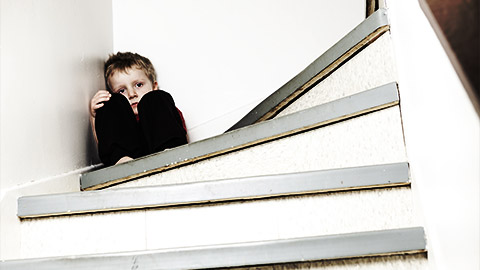
Neglect refers to a child not being provided with the basic survival needs. This can be either out of choice or because of hardship. Survival needs include food, shelter, medical treatment, supervision and care. Neglect may be acute, episodic or chronic.
Acute neglect is severe and/or causes immediate harm, for example, leaving a child in an unsafe environment where they are very likely to be injured or harmed.
Episodic neglect occurs as a series of separate events, for example, a child occasionally being left alone in the house or not being provided with meals.
Chronic neglect is ongoing over a long period of time. For example:
- Leaving a child alone without appropriate supervision
- Not ensuring that a child attends school or not enrolling a child in school
- Allowing a child to contract infections because of poor hygiene or lack of medication
- Not giving a child affection or emotional support
- Not getting medical help when required
- Not providing a safe environment for the child (e.g. exposing the child to drugs and alcohol, allowing strangers unsupervised access to the child’s home or leaving the child with strangers)
- Exposing the child to violence within the family or other violent situations
Watch this video explaining in more detail about Neglect and how this can affect a person.
For more information about risk factors that contribute to child abuse and neglect check out Child Welfare Information Gateway.
We all warn our children not to speak to or accept sweets from strangers. However, statistics show that many sexual abusers are actually people from within the child’s social or family circles, and physical and emotional/psychological abuse and neglect are mostly carried out by parents or caregivers.
Aboriginal and Torres Strait Islander Communities
Warning
We would like to advise Aboriginal and Torres Strait Islander readers that these readings may contain images of deceased persons, or provide links that may contain names, images voices and/of videos of deceased persons.
In 2009-2010, while Aboriginal and Torres Strait Islander children comprised only 4.6 percent of Australian children, they accounted for 26.6 percent of all confirmed reports of abuse or neglect; the most common substantiated forms of abuse and neglect among Indigenous children were neglect, emotional abuse, physical abuse, and sexual abuse; and in 2009-2010, Indigenous children were over-represented in the out-of-home care system in Australia, with 32 percent of all children in the system being identified as Aboriginal or Torres Strait Islander children.
Current information and statistics on abuse rates in 2022 amongst Aboriginal and Torres Strait Islander peoples.
What is intergenerational trauma?

If Stolen Generations survivors don’t have the opportunity to heal from their own trauma, they’re likely to live in a state of distress, which can lead to a range of negative outcomes for themselves and their descendants. Mental health issues from being ‘stolen’ as a child and the denial of any connections to culture and family have led to a myriad of dysfunctional ingrained behaviours amongst thousands and thousands of Aboriginal and Torres Strait Islander peoples.
Watch the animation below explaining what is generational trauma and from the perspective of people who were directly affected by it.
Their children may experience difficulties with attachment, disconnection from their extended families and culture and high levels of stress from family and community members who are dealing with the impacts of trauma. This can create developmental issues for children, who are particularly susceptible to distress at a young age. This creates a cycle of trauma, where the impact is passed from one generation to the next.
In Australia, intergenerational trauma predominantly affects the children, grandchildren and future generations of the Stolen Generations.
Stolen Generations survivors might also pass on the impacts of institutionalisation, finding it difficult to know how to nurture their children because they were denied the opportunity to be nurtured themselves.
To learn more about the Australian Institute of Family Studies, AIFS from the AIFS. For more information about institutional abuse, explore the following website: Royal Commission into Institutional Responses to Child Sexual Abuse To learn about the Australian Government Department of Social Services’ ‘National Redress Scheme’, visit the following website: National Redress Scheme.
Note
A lot of abuse and neglect goes undisclosed and unreported, which makes it difficult to record an accurate picture of who abuses and neglects children.
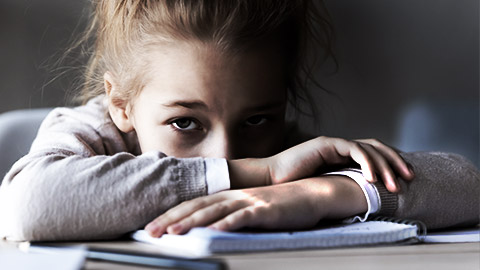
Indicators are signs or symptoms of something. They may be physical and visible, or they may be behavioural. In identifying indicators of abuse and neglect, it is important to look at the context, avoid jumping to conclusions and seek further information. A single indicator is not conclusive evidence, but it can serve as a ‘red flag’.
Skills for Identifying Indicators of Risk and Harm
To identify and respond appropriately to indicators that a child or young person may be at risk of harm, the following skills are needed.
Observation Skills
Observation skills are the foundation for identifying signs that a child or young person is at risk or has been harmed. Look for any obvious physical signs of injury or neglect, for example, bruises, burns, cuts and other injuries; and torn, dirty or inadequate clothing. Remember that not all physical injuries are visible, so also look for signs of pain, for example, limping, favouring one side or part of the body, or flinching when a painful area is touched.
Look for behaviours and changes in behaviour that might indicate emotional or psychological distress, for example, withdrawing from social contact, aggressive behaviour, crying and signs of depression. Children and young people who may have trouble communicating verbally about painful subjects might create drawings and engage in play featuring injuries, harm and frightening subjects, indicating they may be at risk.
Early childhood services will observe and document concerns in a formal matter. Services will have developed templates that educators should use to document any suspicions of child abuse. Necessary information to add to documentation will include the date, time and details of the event or observations. The information must be factual and also include any physical or behavioural indicators of abuse and neglect.

Questioning Skills
Asking questions – including asking open-ended questions, following up with probing or checking for more information, and allowing the child to tell their story in their own time – is one of the main methods of gathering more information on an issue. Using active listening and demonstrating empathy is also important in establishing trust and helping children feel listened to.
Observe the child’s body language and other non-verbal communication. It is important to remember when having a discussion with a child that you should not lead the child with your questioning. It is important to give the child space to tell you their story. Leading a child to an answer can cause the confession to be dismissed in court.
Reassure the child that they will not get into trouble for talking about painful subjects and provide a safe and private environment for them to do this.
Indicators of Physical Abuse

Physical indicators of physical abuse include:
- Bruises in unlikely places (e.g. face, back, ears, hands, buttocks, upper thighs and soft parts of the body)
- Inconsistent or absent explanation for bruises
- Any bruising on a baby that cannot be explained
- Pressure marks or welts from fingers on the face, chest or back
- Weal, ligature or bite marks on any part of the body
- Skull fracture, subdural bleeding, multiple fractures from different occasions
- Suspicious burns, such as small circular burns that could be the result of cigarette stubs
- Signs of poisoning or significant overmedicating Children who have been physically abused may also show some behavioural signs, such as:
- Fear in facial responses or body language, especially in the presence of the abuser
- The infliction of the same form of abuse on younger children, pets or toys
- Aggressive behaviour, such as fighting with other children, throwing tantrums or destroying property/toys
- Withdrawal and depression or anxiety symptoms
- Changes in appetite or eating habits
- Changes in sleeping patterns, including bedwetting, nightmares or night terrors
Indicators of Emotional and Psychological Abuse

There are usually no physical signs of emotional abuse, but emotional abuse can lead to physical changes or responses over time as the abuse continues. Most indicators of emotional abuse are behavioural.
The following may be indicators of emotional abuse:
- A reluctance to go home (particularly if the abuser is in the family home)
- Run-away attempts or continually staying at friends’ houses
- A fear of the dark, a reluctance to go to bed, bedwetting or nightmares
- Dishonesty, including lying or stealing for no reason
- A lack of trust in adults or new people, and a weak ability to socialise or engage in peer relationships
- Poor self-image and self-esteem, ‘putting themselves down’ through negative comments
- Withdrawal and depression or anxiety symptoms
- Self-harming behaviours, such as pinching, pulling out hair or hitting themselves
- Changes in appetite, weight or eating habits
- Changes in sleeping patterns
Indicators of Sexual Abuse
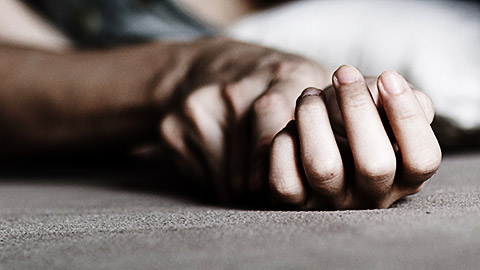
In many cases, there may be no obvious physical signs of sexual abuse, but as with emotional and psychological abuse, sexual abuse can lead to behavioural changes that indicate potential abuse.
Physical indicators include:
- Genital injuries or bruising, marks, welts or other discolouration on the skin
- Bite marks or other unexplained marks on the body
- Sexually transmitted diseases, or the child complaining of pain/discomfort when they use the bathroom
- The child complaining of abdominal pain
- Torn or stained underwear Behavioural indicators include:
- Changes in sleep patterns, including nightmares, night terrors, resistance to bedtime or persistent bedwetting
- Inappropriate sexual behaviour or language based on the child’s age
- Promiscuous affection-seeking behaviour
- Excessive masturbation that does not respond to boundaries or discipline
- Obsessive and compulsive washing
- Wariness around physical contact with others
- Unusually fearful of having their nappy changed (infants and toddlers)
Indicators of Neglect
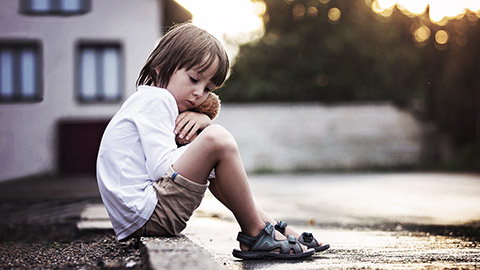
Neglect usually has an impact on a child’s health and wellbeing, so there are physical signs as well as behavioural signs.
The following may be indicators of neglect:
- Failure to thrive, including not meeting development milestones for education or socialising (developmental delay)
- Prone to illness, repeated infections, common colds, with no indication of medical care
- Abnormal hunger, stealing or hoarding food
- Smelly or dirty appearance, inappropriate clothing for seasonal changes, or old clothing that no longer fits or is in good condition
- Untreated medical conditions
- Changes in eating and sleeping patterns
- Withdrawal and depression or anxiety symptoms
The next video explains some information about responding to a disclosure of abuse with children.
Case Study

You are working in an early childhood environment with eight other educators and thirty children between the ages of 3 and 6 years. While you are settling the children for a rest, a four-year-old boy tells you that when his dad gets angry at him, he gets locked in the cupboard for the whole day. He then tells you that he also does this to his mum. He tells you that his dad told him he is the boss of the house and he can do what he wants if the family does not listen to him. The child was scared and told you that he was not supposed to tell you.
Ask yourself:
-
What do you say?
-
What do you do?
What do you say?
-
Comfort the child, and reassure them that they are safe, this is a safe space. They can talk to you whenever you need to.
What do you do?
-
Look at the services child protection policy- is there a procedure that you need to follow when disclosing/ documenting this
-
Talk to the Responsible Person/ Nominated Supervisor or the Approved Provider
-
Report to the Child Protection Unit for your state/ territory.
There are many factors that affect the impact of child abuse and neglect on children, including:
- The child’s age and developmental stage at the time of the abuse
- The type of abuse
- The frequency, duration and severity of the abuse
- The relationship between the child and the perpetrator
- The support systems available to the child
- The child’s connections to their community and culture
- The individual and personal characteristics of the child
The impacts of abuse and neglect during childhood can last for a lifetime. Some of the short-term effects may include the following:
Physical Damage
This may be relatively minor, such as bruising, or severe, such as broken bones, internal bleeding or deep tissue burns. While physical injuries may heal, the associated emotional and psychological damage may be longer lasting.
Developmental Damage
Abuse and neglect can cause brain damage and impair development in domains such as cognitive ability, language and speech. Sustained abuse can result in anxiety and ongoing distress, causing the child to have difficulty concentrating and self-regulating. This in turn impairs learning and leads to poor performance at school.
Mental Health
Child abuse and neglect can have lifelong consequences for a person’s mental health. Problems such as post-traumatic stress disorder (PTSD), attention deficit hyperactivity disorder (ADHD), and anxiety and mood disorders (e.g. depression) are common among adolescents who suffered abuse as children. Research shows a strong link between childhood abuse and depression later in life.
Social Problems
Abused and neglected children can struggle to develop and maintain trusting relationships and attachments in childhood and in later life.
Some studies indicate that neglect results in children feeling unwanted, while physical abuse does not necessarily result in feelings of abandonment or rejection. Both abuse and neglect lead to insecure attachment, with neglected children experiencing high levels of anxiety in relationships in adulthood, while abused children may develop dependent and co-dependent relationships based on low levels of self-esteem.
Behavioural Issues
Children who have suffered behavioural abuse often develop ‘challenging’ and aggressive behaviours in childhood and in adolescence, or they become withdrawn and isolated. Anxiety and depression are common, as are self-harming behaviours, eating disorders, and promiscuous and risk-taking behaviours.
Your role as an educator in early childhood is not to counsel children, but to identify the risk of harm, or harm done and seek support for the child using the correct legal frameworks and organisations.
Note
The consequences of abuse vary, with some children experiencing significant damage across many aspects of their lives, and others experiencing less. Positive relationships with caring adults after the abuse can reduce the negative impacts.
There is a wealth of published research and literature covering all aspects of child abuse. The following links are a sample of sources about the impacts of experiencing harm during childhood (it is also important to conduct your own research):
- ‘Effects of Child Abuse’ from the Queensland Government
- ‘Long-Term Consequences of Abuse and Neglect’ from Child Welfare Information Gateway
- ‘The Impact of Abuse and Neglect on Children’ from the Australian Child & Adolescent Trauma, Loss & Grief Network
- ‘Australia’s Children’ from the Australian Institute of Health and Welfare
- ‘What Are the Impacts of Child Abuse?’ from Berry Street
Rights-based approaches focus on breaches of rights. In the case of child abuse and neglect, this means the violation of children’s basic human rights. A rights-based approach aims to remedy the violation and works to uphold the rights of the child.
Rights-based approaches are constructed using principles of empowerment, participation, equality and equity. These approaches, used with people who have survived childhood abuse, work to re-establish self-esteem and, if the abuse occurred within an institution, seek redress from the institution responsible. For example, redress was sought in recent cases of institutional abuse within churches.
Key Points
All forms of abuse and neglect are a violation of children’s rights. Children have the right to expect that adults, especially those in positions involving childcare, will do their best to keep them safe from harm.
UN Convention Rights for a Child
Rights-based approaches focus on breaches of rights. In the case of child abuse and neglect, this means the violation of children’s basic human rights. These approaches, used with people who have survived childhood abuse, work to re-establish self-esteem and, if the abuse occurred within an institution, seek redress from the institution responsible. For example, redress was sought in recent cases of institutional abuse within churches.
Smacking and Parenting
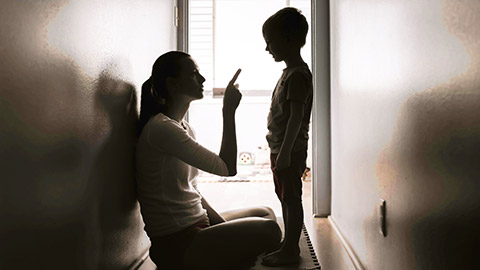
Any form of physical harm is not appropriate of acceptable in any way, but there is a continued debate amongst parents and families about smacking as a form of discipline. It is important here to read the below information and reflect on your own personal views on this controversial topic.
- Smacking isn’t good for children’s wellbeing and doesn’t help them learn to follow rules.
- Give children opportunities to behave well, and use consequences for children over 3 years. Learning to manage strong feelings can help parents avoid hurting children. You can get help if you need it.

Q1: List and describe the different types of abuse.
Q2: Name some examples short-term and long term effects of abuse.
Q3: What are the basic rights of children in relation to child abuse? (Refer to the United Nations Convention on the Rights of the Child.)
